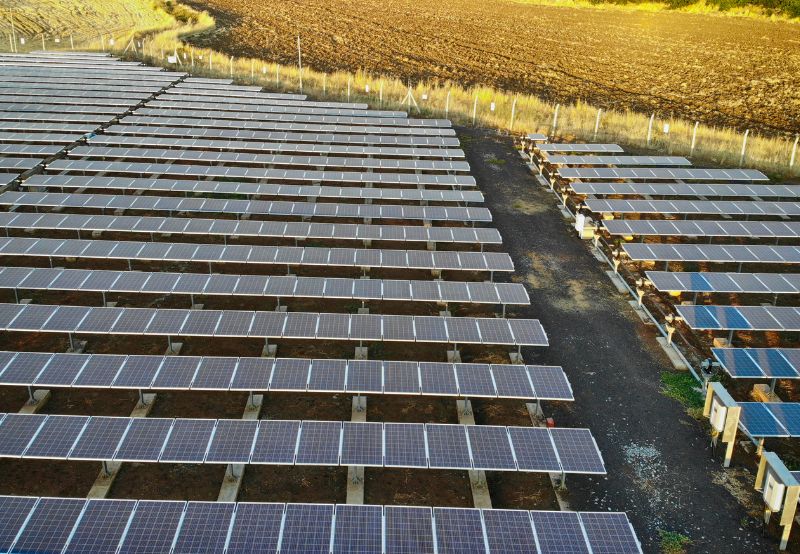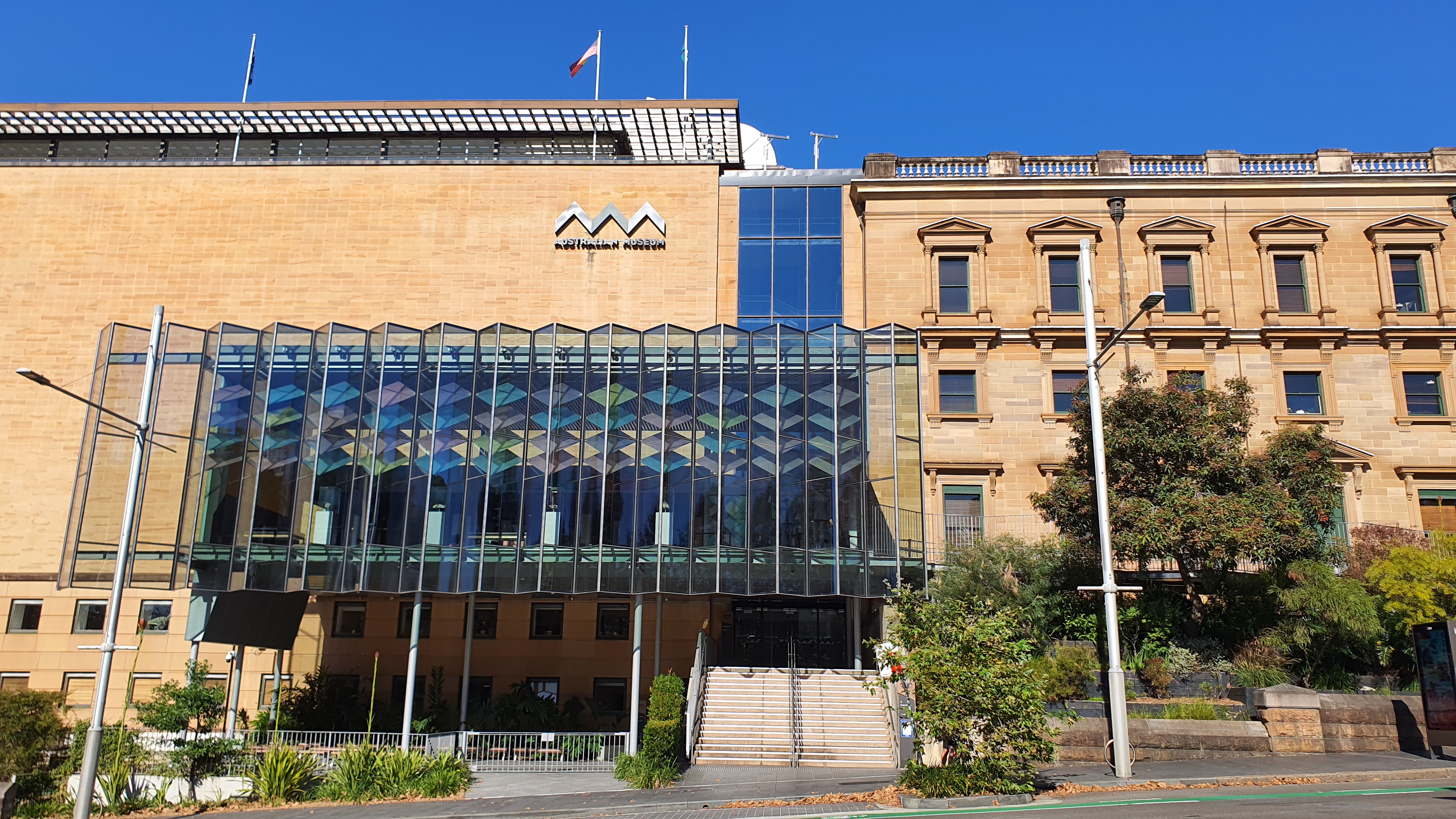Europe’s forests must be restored to strengthen them against new threats brought about by climate change, but communities, local knowledge and foresters need to be at the heart of this to make it a success.
Climate change is causing an increase in pests, fires, droughts and other shocks that have serious impacts on forests, but restoration and adaptation action is complicated as it varies between different geographics, ecosystems and human activity.
“No one knows the land better than a local forester or local farmer. So empowering them to use their skills is the most important thing we need,” Irish climate and environment minister Eamon Ryan told EURACTIV.
Ryan’s comments followed an agreement by EU ministers to give the green light to the EU’s Nature Restoration Law when they met in Luxembourg on Tuesday (20 June).
The EU is currently debating the law which would introduce binding restoration targets to reverse the decline of Europe’s nature. As part of this, each country must draw up a national restoration plan.
Consideration for landowners and their management choices need to be at the core of discussions such as this, said Hélène Koch, a policy advisor from the Confederation of European Forest Owners.
“Locally suited approaches, adequate consultation, sufficient financing capacities, prior and informed consent of owners, and respect of ownership right will be the best way to support forest owners’ work toward even more resilient European forests,” she told EURACTIV.
Funding restoration
Restoration also has to make financial sense for communities and landowners if it is to be a success.
“It won’t happen just voluntarily. It does need to give people a livelihood,” said Ryan.
“One thing is certain, you do have to have that income stream or else the reversal of what’s happened in the last 40-50 years won’t happen,” he added.
Forest restoration can lead to more profit for landowners and higher income for the local area due to increased ecotourism. It also reduces the risk of an entire forest being taken out by a pest or fire, a concern for monoculture plantations.
“I am harvesting big trees, leaving all small, low-value trees to grow and become big before harvest. Also, I only have natural regeneration and no early thinning, which saves a lot of money,” Anders Tivell, a forest owner in Sweden, told EURACTIV.
“Altogether, I make a better cash flow than conventional clear-fellings,” he said.
But financing restoration can be tricky. For instance, while switching between different forestry practices can lead to less risky, higher-value forests, it can also take more time.
“The negative impact is when [landowners and foresters] consider the gain tomorrow,” said Magda Bou Dagher Kharrat, a scientist with the Mediterranean Facility of the European Forest Institute.
“But if Europe today is preparing a law for nature restoration, it’s because we have proof today that, when we don’t take care of our nature, we will pay for it somehow and will have a huge economic problem,” she added.
According to her, this needs to be tackled at a larger level rather than landowners shouldering the bill.
“You should have private financing, but the public and corporate financing should be here also because all these industries that were really using the environment extensively should somehow participate in this effort to rebuild nature,” she argued.
Others are more sceptical about the role of private cash and would rather see restoration supported by redirecting existing public expenditure.
“We already have hundreds of millions of dollars that go to land, but we’re just not using those funds adequately,” said forestry campaigner Kelsey Perlman.
“We definitely need to have a constructive conversation about what does forest finance look like in Europe because what we have now, through the Common Agricultural Policy, through the recovery and resilience fund, we’re seeing that those funds are just being used to replant and keep the existing model going,” she added.
And, in the end, restored areas need to be able to stand on their own feet.
“In general, I am sceptical to economic support systems as forestry of any kind should be a business capable of standing on its own economical base,” said Martin Jentzen, a consultant who works with Tivell on strengthening forests.
“What we need is a market for a bigger span of products, timber and non-timber products. And a consumer concerned about the impact of the production,” he added.
The question of finance and how to include communities and land owners in restoration projects will likely continue as EU countries work out how to revive their nature while making it work locally.




